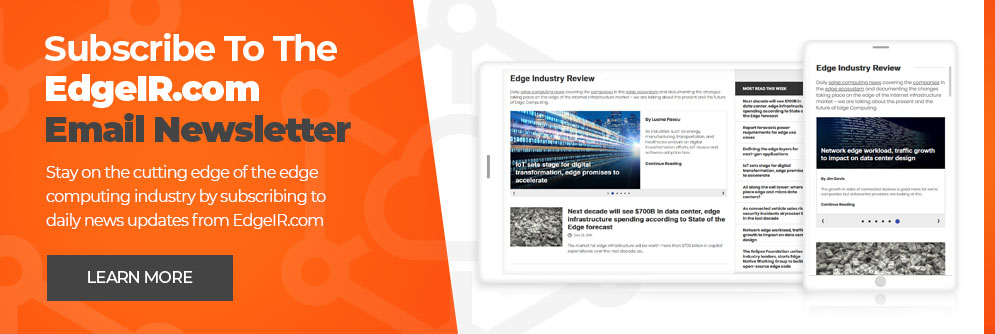AWS rolls out second Local Zone edge node in Los Angeles

This is a guest post by Phil Shih, Managing Director and Founder of Structure Research.
AWS unveiled a follow up deployment of its AWS Local Zone infrastructure in Los Angeles, CA that brings compute and storage infrastructure closer to end-users in a given area that AWS does not have an available region in. The first AWS Local Zone, also located in Los Angeles, was publicly announced in January 2020.
Details: AWS confirmed a second Local Zone node in Los Angeles, California (us-west-2-lax-1b)to go with the original Local Zone node (us-west-2-lax-1a). The first Local Zone node is said to be housed in a third-party colocation facility. This second node is likely to be at another colocation facility in order to provide diversity and redundancy. CoreSite and Digital Realty are likely candidates in the Los Angeles market. Also, this may not mean that AWS would not continue to expand the footprint in the original node.
To refresh, AWS Local Zone is Amazon’s answer for the edge. A Local Zone location is a smaller increment of cloud compute infrastructure that does not reside in a standard AWS availability zone. It consists of AWS Outposts set up in a third party data center (said to be around 50-100 racks). Outposts have some core AWS features and services, but the full AWS arsenal is available through a private connection back to the AWS core which in this case is US West Oregon. The idea is to enable customers to access AWS infrastructure outside the core AWS footprint in edge markets closer to targeted end users. AWS has chosen Los Angeles as a starting point given the extensive population of gaming, content and media workloads that resides there.
Enterprise use case: Getting customers closer to end users is one obvious generic use case. But AWS is also enabling organizations to build hybrid environments without making a full-fledged move to cloud. By using AWS Direct Connect in conjunction with Local Zone, organizations can interconnect on-premise data centers with Local Zone and even access the AWS core. AWS claims it is seeing customers achieving sub-1.5ms latency between Local Zone and on-premise data centers in the Los Angeles metro area. Importantly, AWS also sees this as a first step towards a more extensive long-term migration to cloud. Hybrid can suffice for now, but with Direct Connect enabling things to work together (along with the AWS toolsets), it should serve as an incentive to get on to cloud in a more meaningful way.
Drivers: The expansion of Local Zone is about building out more capacity to meet demand. But there is more to it. Additional Local Zone nodes in a given metro also enables end users to build multiple scenarios for workload deployments, provides redundancy, enhances latency scenarios and offers flexibility.
There is pretty good reason to believe that poster boy AWS customer Netflix is also a customer for Local Zone. Netflix has massive video files that are difficult to move over the network for backup, rendering or analysis. It could readily use a Los Angeles-based edge solution in tandem with any off-site development projects, and of course, all the other business operations software it has running on AWS.
Angle: AWS is quickly proving its edge computing use case and it is not hard to see how this can repeat and scale—not just in Los Angeles, but across other edge markets. Time-to-market is key for AWS and it will likely consume plenty of colocation in the process. This could create the demand needed to prove the viability of the edge-hyperscale deployment size for low MW-sized nodes).
About the author:
Phil Shih is Managing Director and Founder of Structure Research, an independent research firm focused on the cloud, hosting and data center infrastructure service provider markets. (more)
DISCLAIMER: The views expressed in this contributed post are that of the author, and don’t necessarily reflect the views of EdgeIR.com. Contact us if you want to contribute a guest post.
Article Topics
AWS | CoreSite | Digital Realty | edge cloud | edge content delivery | market research | Netflix | video production




Comments